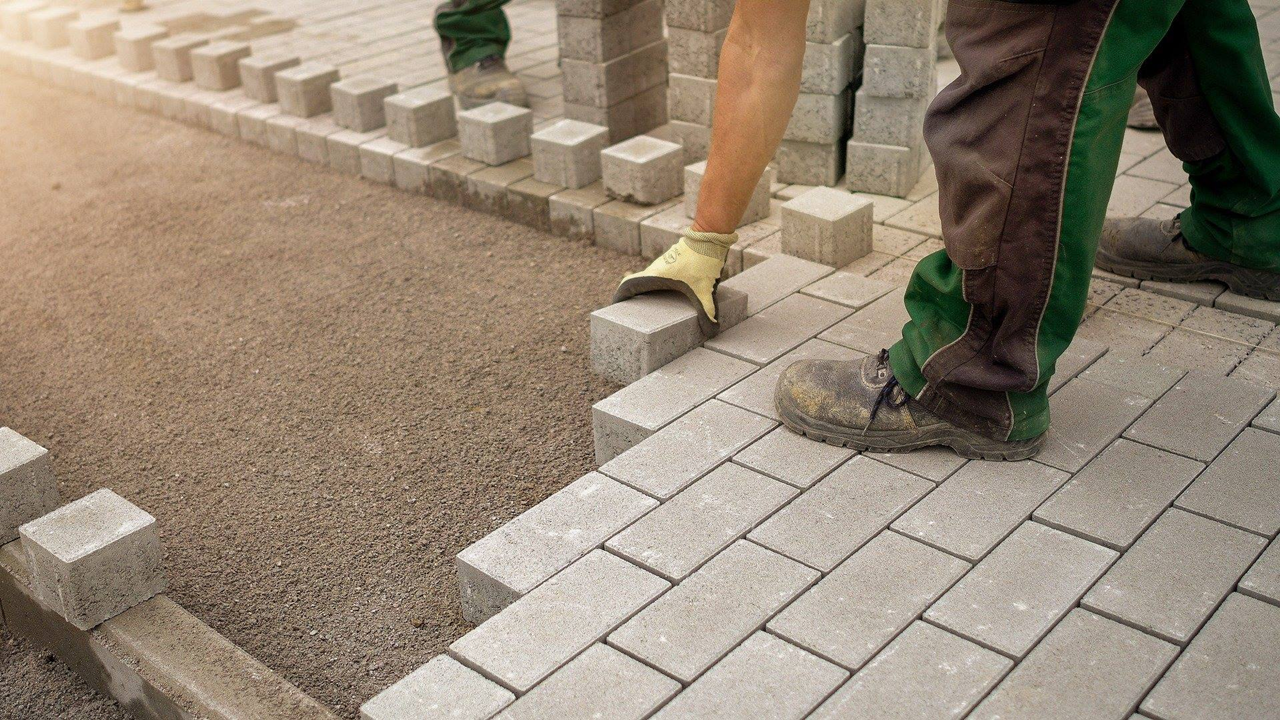In the world of construction and renovation, the harmony of a structure not only relies on its design and materials but also on the precision of its foundational elements. Concrete leveling plays a pivotal role in this precision, ensuring that surfaces are perfectly flat and functional.
This process corrects uneven concrete, preventing potential hazards and extending the lifespan of the structure. This article explores the essence of concrete leveling, its importance, methodologies, and tips for achieving optimal results.
The Significance of Concrete Leveling
Uneven concrete surfaces can lead to various problems, including water damage, structural instability, and safety risks such as tripping hazards. Beyond these functional issues, uneven concrete can also detract from the aesthetic appeal of a space. Concrete leveling addresses these concerns by restoring flatness and uniformity, enhancing both the utility and beauty of the environment.
Understanding the Causes of Uneven Concrete
Before delving into Concrete Leveling techniques, it’s crucial to comprehend why concrete becomes uneven. Factors include:
- Soil Settlement: Over time, the soil beneath concrete can settle or shift, creating voids that lead to sinking or cracking.
- Erosion: Water runoff can erode the soil under concrete slabs, causing them to sink unevenly.
- Poor Compaction: Inadequately compacted soil can compress under the weight of concrete, resulting in uneven surfaces.
- Tree Roots: The growth of tree roots can exert pressure on concrete, causing it to lift or break apart.
Methods of Concrete Leveling
Slabjacking (Mudjacking)
Slabjacking is a traditional method where a slurry (mud) is pumped under the sunken slab to raise it back to its original level. This cost-effective technique is ideal for correcting moderate unevenness without replacing the entire slab.
Polyurethane Foam Injection
A more modern approach, polyurethane foam injection involves injecting a foam material under the concrete, which then expands, lifting the slab into place. This method offers a quicker, cleaner, and more efficient solution with minimal disruption to the surrounding area.
Self-Leveling Concrete
For indoor surfaces and minor imperfections, self-leveling concrete provides a smooth, level surface over existing concrete. This method is especially useful in preparation for flooring installations or in spaces where uniformity is critical.
Achieving Harmony with Precision Techniques
Proper Assessment
Achieving perfect levels begins with a thorough assessment of the area. Identifying the cause and extent of the unevenness is crucial for selecting the most appropriate leveling technique.
Choosing the Right Method
Selecting the right leveling method depends on several factors, including the size of the area, the degree of unevenness, and specific project requirements. Consulting with a professional can help determine the best approach for your situation.
Precision in Application
Regardless of the chosen method, precision in the application is essential. For slabjacking and foam injection, this means accurately calculating the amount of material needed and carefully controlling the injection points. For self-leveling concrete, it involves ensuring the mixture is spread evenly across the surface.
Advanced Tools and Materials
Innovations in tools and materials have significantly improved the concrete leveling process. Laser-guided equipment and advanced polymers allow for greater accuracy and durability, ensuring that once leveled, the concrete remains stable and uniform over time.
Challenges in Concrete Leveling
Despite advancements, concrete leveling can present challenges, such as:
- Determining the Underlying Cause: Misdiagnosing the cause of unevenness can lead to ineffective solutions.
- Access and Environment: Working in tight spaces or under adverse weather conditions can complicate the leveling process.
- Matching Existing Surfaces: Especially in visible areas, seamlessly blending the repaired section with the surrounding concrete can be difficult. learn more about concrete
The Role of Professionals in Concrete Leveling
While some leveling projects can be DIY, professional involvement often ensures the best outcomes. Experienced contractors bring not only their expertise but also access to industrial-grade equipment and materials, providing a level of precision and durability that is difficult to achieve otherwise.
Conclusion
Achieving concrete harmony through leveling is both an art and a science. It requires a deep understanding of the causes of unevenness, a knowledge of the various leveling techniques, and the skill to apply these techniques with precision. Whether addressing safety hazards, preparing for further construction, or simply enhancing aesthetic appeal, concrete leveling is a critical process in the maintenance and improvement of structures. By employing the right methods and leveraging professional expertise, property owners can ensure their concrete surfaces are perfectly leveled, contributing to the overall harmony and integrity of their spaces.

